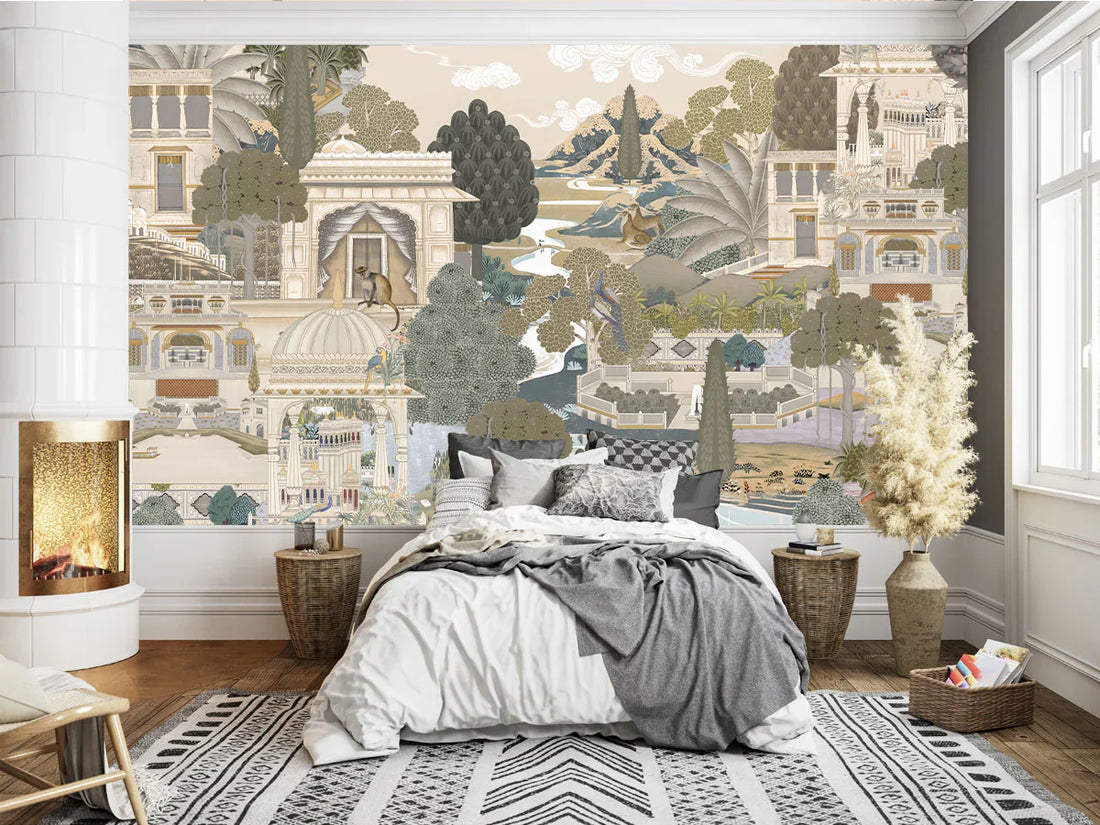
Top 10 Fails in Bespoke Interior Design and How to Avoid Them
Sai SandeepShare
Bespoke interiors are all about intentionality—designs that reflect your personality, needs, and space. But even the most custom-made plans can go off track. Sometimes, the pursuit of perfection leads to cluttered layouts, overdone styles, or uncomfortable living.
A well-designed bespoke space should function beautifully and look timeless.
Avoiding common pitfalls is the secret to getting bespoke design right.
So, let’s explore the top 10 fails we’ve seen in bespoke interiors—and how to make sure your space stays both smart and stunning.
10 Common Bespoke Interior Design Mistakes (and Fixes)
1. Prioritizing Aesthetics Over Function
Mistake: Falling in love with a look that doesn’t fit your lifestyle.
Fix: At Artvikta Studio, we design with usefulness first. Choose elements that balance design with everyday comfort, from custom seating to integrated workspaces.
2. Ignoring Natural Light and Lighting Plans
Mistake: Designing without considering how light shifts throughout the day.
Fix: Implement a layered lighting strategy—ambient, task, and accent—while accounting for natural light. You can learn more about our take on lighting in bespoke décor.
3. Over-Customization
Mistake: Creating hyper-personalized elements that become impractical over time.
Fix: Aim for flexible features like modular storage or multipurpose furniture. Timeless doesn’t mean boring—it means thoughtful.
4. Poor Space Planning
Mistake: Leaving awkward corners unused or blocking circulation paths.
Fix: At Artvikta, we prioritize spatial flow and functionality from the blueprint itself, ensuring every inch is purposeful.
5. Choosing Style Over Quality
Mistake: Selecting trendy materials that don’t last.
Fix: Invest in materials that marry durability with elegance—think hardwood, metal inlays, and handcrafted finishes.
6. Lack of Design Cohesion
Mistake: Mixing too many design languages, materials, or moods.
Fix: Establish a visual narrative with moodboards and reference points. We often start our bespoke process with a cohesive design vision anchored in both aesthetics and function.
7. Skipping Mockups or Samples
Mistake: Approving finishes or paint colors without seeing them in situ.
Fix: Always test how materials look under your home’s lighting. It’s a small step that avoids big regrets.
8. Underestimating Timeline and Budget
Mistake: Thinking custom = quick and cheap.
Fix: Customization takes time—from design iterations to craftsmanship. We maintain transparent timelines and pricing to help our clients plan better.
9. Not Considering Future Needs
Mistake: Designing only for your current lifestyle.
Fix: Think ahead. Whether it’s expanding your family or evolving your work-from-home setup, modular and adaptive designs are key.
10. DIY-ing Without Expert Input
Mistake: Skipping professional guidance in favor of Pinterest boards.
Fix: While inspiration is important, translating vision into function is where experienced designers truly shine. Explore our design services to see how collaboration fuels creativity.
Artvikta’s Pro Tips for a Flawless Bespoke Experience
At Artvikta, our approach to bespoke design blends creativity with clarity. We help clients avoid these pitfalls through:
-
Discovery calls to define needs and pain points
-
Detailed moodboarding and prototyping
-
Step-by-step timelines with regular updates
In one Mumbai studio apartment project, an awkward niche became a highlight with a custom reading nook—originally marked as “wasted space” by the client!
Conclusion: Mistakes Are Expensive—Good Design Doesn’t Have to Be
Bespoke interiors work best when creativity meets strategy. With the right team and thoughtful planning, you can turn design fails into signature features.
Final Thought: “The beauty of bespoke lies in the details—and in avoiding the wrong ones.”
Download our free Bespoke Design Planning Checklist or book a consultation to get started with Artvikta.
External References:
